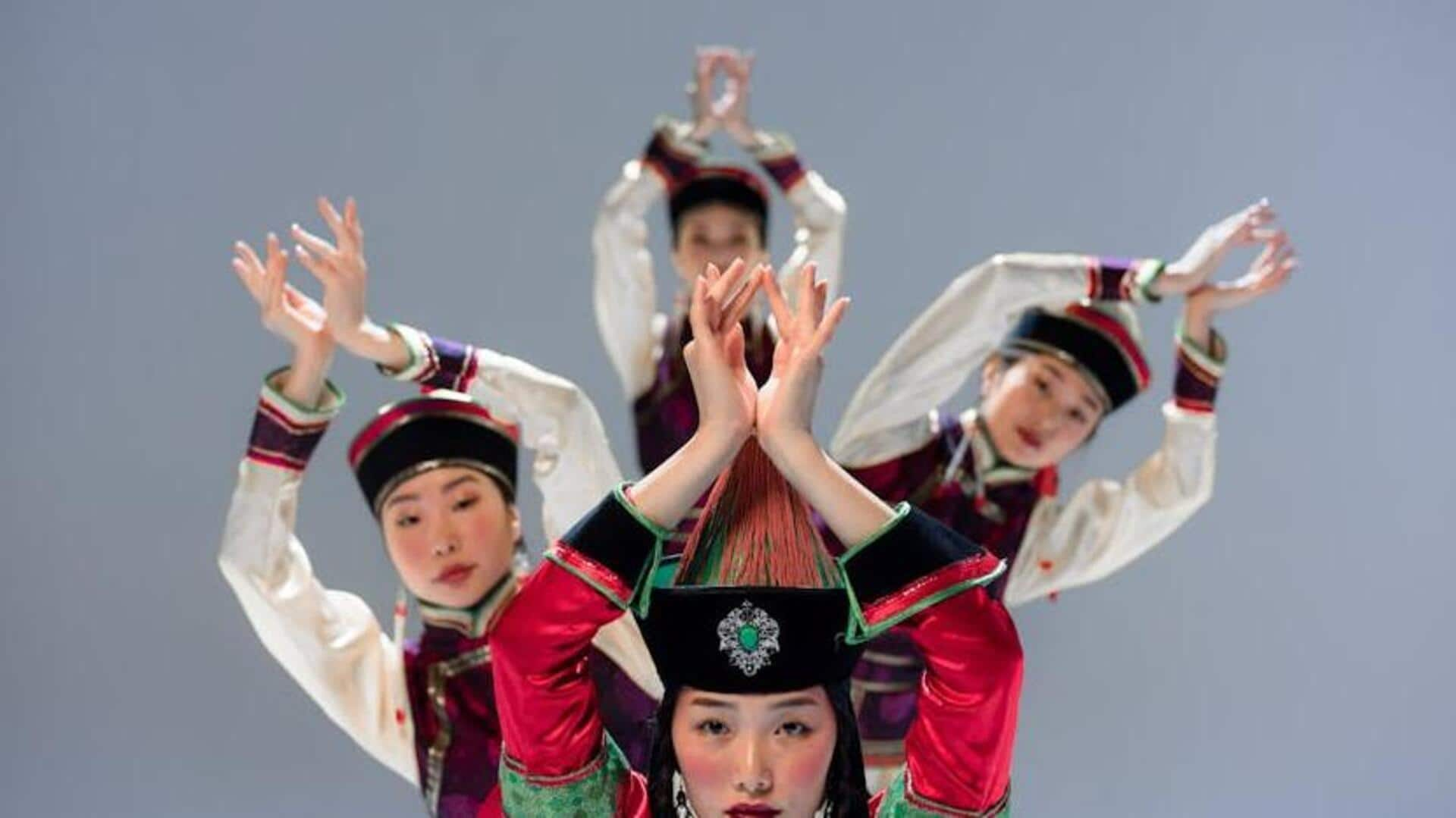
Exploring Serbian folk costumes
What's the story
Serbian folk costumes are a vibrant tapestry of the nation's history and cultural diversity.
These traditional attires are more than clothing; they narrate Serbia's past, its people, and their way of life.
This article explores the beauty and significance of these costumes, offering insights into their background, key concepts, and practical advice for those interested in this colorful aspect of Serbian heritage.
Background
Historical backdrop
Serbian folk costumes have evolved over centuries, influenced by various factors such as geography, climate, social status, and foreign dominations.
Each region in Serbia has its distinctive style that reflects local traditions and historical influences.
For instance, the opulent embroidery found in one area may signify wealth or social standing, while simpler designs from another region might highlight practicality and comfort for daily tasks.
Key concept
Elements of design
A typical Serbian folk costume includes several elements: a shirt or blouse (kosulja), vest (jelek), coat (gunj), sash (pojas), trousers (gace) for men, and skirt (suknja) for women.
Accessories like caps (sesir), belts, socks (carape), and footwear add to the ensemble's complexity.
Embroidery plays a vital role in decoration, with motifs often featuring floral designs that symbolize fertility and the abundance of nature.
Practical advice 1
Preserving tradition
For those looking to preserve or wear Serbian folk costumes today:
Start by researching your specific region of interest, as each area has unique characteristics.
Museums or cultural organizations can be valuable resources for authentic patterns or garments.
When creating or purchasing a costume, pay attention to fabric quality and craftsmanship to ensure it respects traditional methods.
Practical advice 2
Modern interpretation
Blending Serbian folk attire with modern fashion honors our cultural heritage daily.
Adding embroidered details to contemporary items like jackets or bags offers a subtle nod to tradition.
Similarly, traditional jewelry can elevate everyday outfits with a unique ethnic touch.
This approach not only preserves these rich traditions but also ensures they remain vibrant and relevant for future generations to appreciate and enjoy.